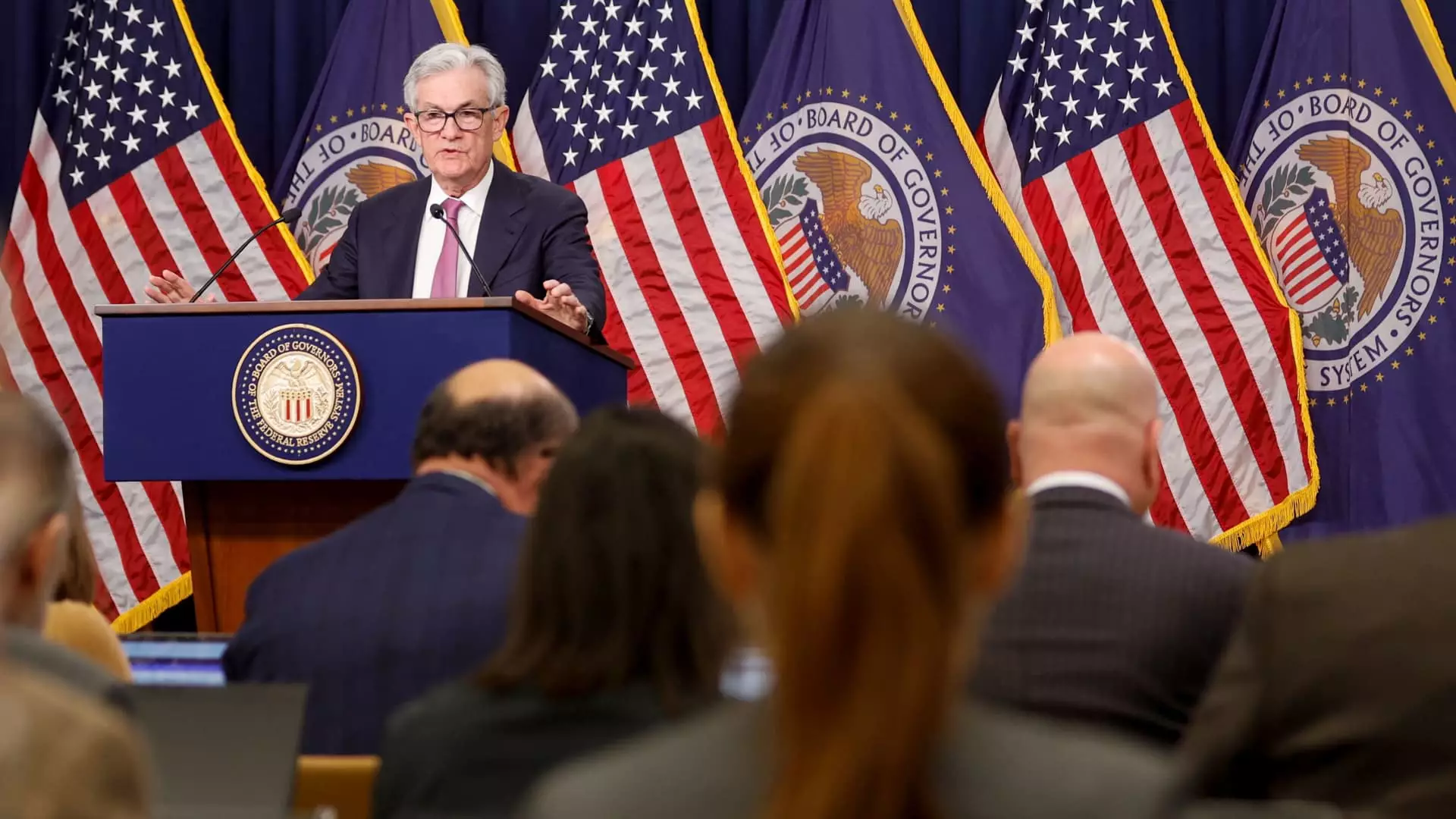In 2024, the Federal Reserve made headlines by announcing three successive cuts to its interest rate target, sparking hope among many American homeowners for a possible decline in mortgage rates. The sentiment among financial experts, however, is tempered by cautious optimism. Jordan Jackson, a global market strategist at J.P. Morgan Asset Management, indicated in an interview that despite the Federal Reserve’s attempts to influence borrowing conditions, the outlook for mortgage loans remains relatively grim. “Even in a best-case scenario, I expect mortgage rates to stabilize around 6.5% to 7%,” he stated—an indication that the desire for lower rates may not materialize quickly for prospective buyers.
Understanding the Influences on Mortgage Rates
The interplay between the Federal Reserve’s monetary policies and actual mortgage rates is complex. While the Fed holds sway over interest rates, mortgage rates are significantly affected by long-term government borrowing rates, particularly the yields from the 10-year Treasury note. Following recent trends, this yield has been on the rise due to anticipated fiscal measures expected from Washington in 2025. As a result, even as the Fed takes steps to lower rates, mortgage rates may not respond favorably. Investors’ perceptions of fiscal policy shifts play a critical role in influencing market conditions, which ultimately shape the mortgage landscape for American homeowners.
During the COVID-19 pandemic, the Federal Reserve implemented a strategy of quantitative easing, purchasing substantial volumes of mortgage-backed securities to bolster the housing market. This maneuver created a liquidity surge, leading to historically low mortgage rates in 2021—a boon for buyers and refinance seekers alike. However, Matthew Graham, COO of Mortgage News Daily, criticized this aggressive approach as potentially misguided, suggesting that policies enacted in that timeframe may have unintended negative consequences. As the housing market adjusted during recovery, it became evident that such steep rate cuts couldn’t be sustained indefinitely.
As 2022 progressed, the narrative shifted, with the Fed strategically implementing quantitative tightening. This approach involved allowing mortgage-backed securities to mature without reinvestment, effectively shrinking the Fed’s balance sheet. The implications of this shift have become increasingly clear—upward pressure has emerged on the spread between mortgage rates and Treasury yields. George Calhoun, from Stevens Institute of Technology, suggests that this transition is likely to exacerbate the discomfort many homeowners experience regarding rising mortgage rates, complicating their financing decisions in an ever-changing economic landscape.
Navigating the Uncertain Future
As we move forward, the prospects for mortgage rates remain clouded by a range of market factors and shifting fiscal policies. Those hoping for a dramatic drop in mortgage rates might need to reevaluate their expectations. The ongoing tug-of-war between Federal Reserve policies and broader economic indicators will likely dictate the mortgage landscape for the foreseeable future. Homebuyers and homeowners seeking refinancing options may find themselves in a challenging environment, necessitating careful financial planning and strategic decision-making in light of evolving interest rates.

